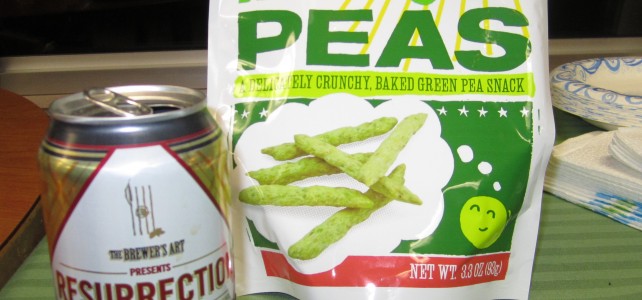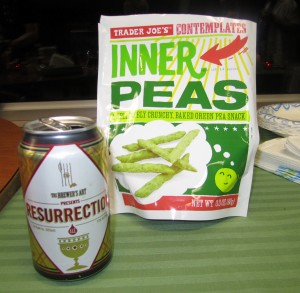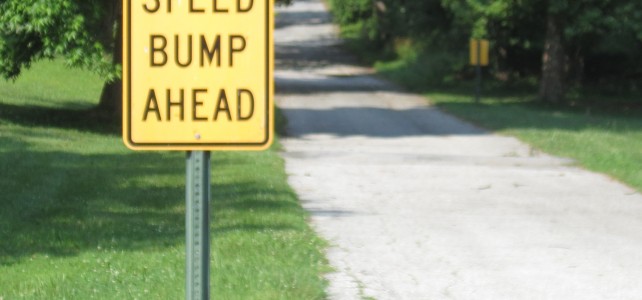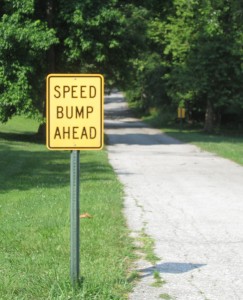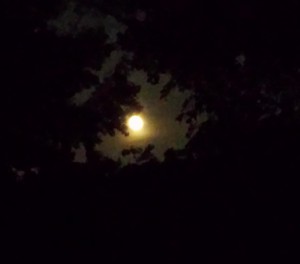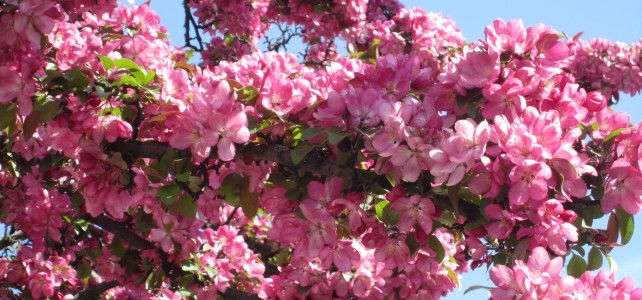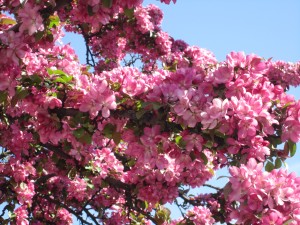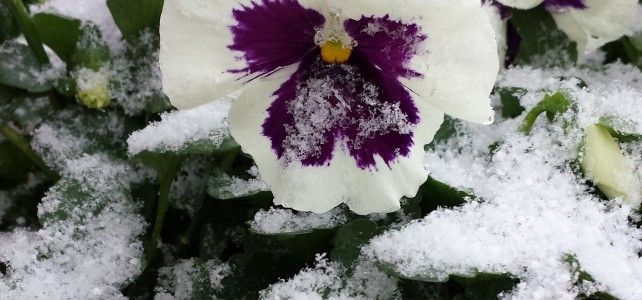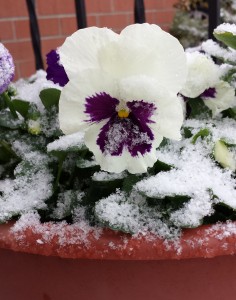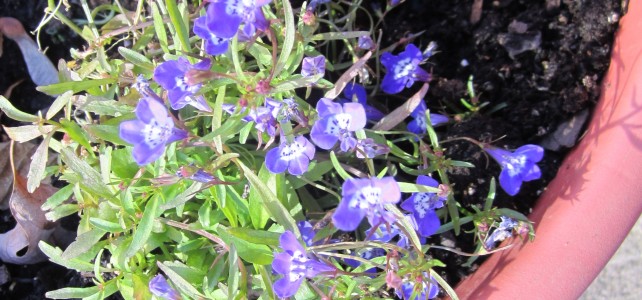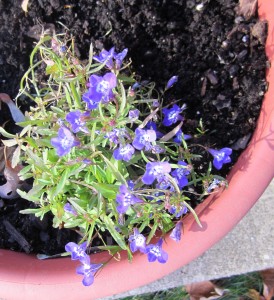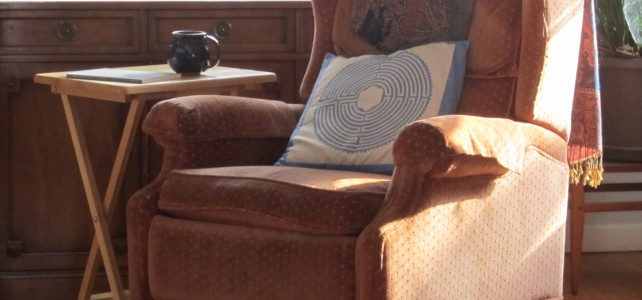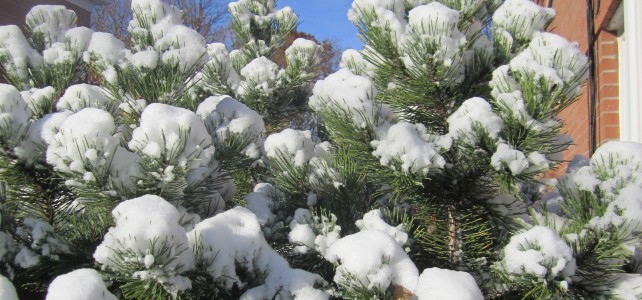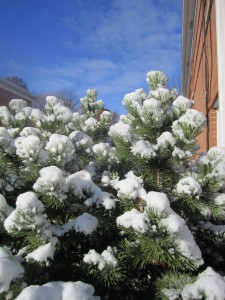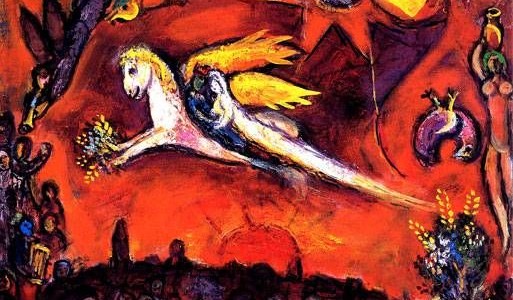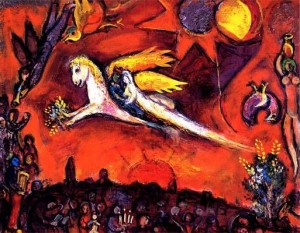
Photo by James McGinnis
The headlines are difficult to read: Plane shot down over war zone, man struggles for two hours during his execution, turning children away at the border, Christians driven from their ancient homeland in Iraq, rising casualties in the Gaza war, conflict escalation in Ukraine, teenagers bludgeoning a homeless man to death…I can’t bear to read much of it. If my heart is weeping, what about the One who created this universe, this exquisite planet and all the people on it?
There are bright spots for sure: New executive orders that provide protection for many among us, interest in wind power in Texas, individuals responding to others in need, moving reception of bodies from Malaysian flight 17 tragedy as the Netherlands declares a national day of mourning and accepts and honors all victims remains regardless of nationality. Good things do happen. We don’t hear about them as much.
This morning, all I could do was sit quietly and hold the world in my heart before God in prayer….and let my tears mingle with those shed by the Divine.
